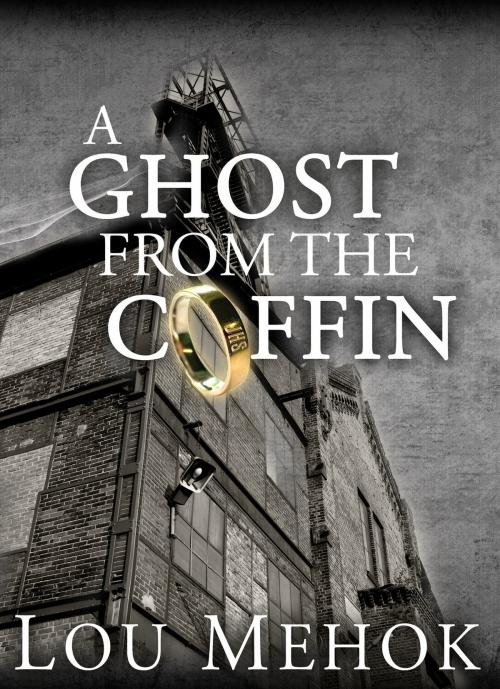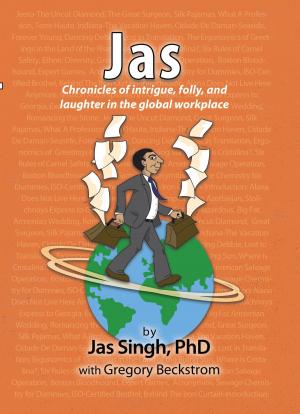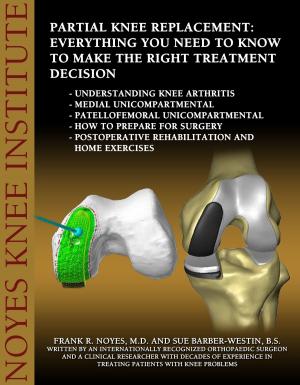| Author: | Lou Mehok | ISBN: | 9781935204718 |
| Publisher: | Publish Green | Publication: | January 15, 2013 |
| Imprint: | Publish Green | Language: | English |
| Author: | Lou Mehok |
| ISBN: | 9781935204718 |
| Publisher: | Publish Green |
| Publication: | January 15, 2013 |
| Imprint: | Publish Green |
| Language: | English |
In 1935, when a little girl is raped and murdered in the small Pennsylvania mining town of Shaft 37, Deputy John Hawkes vows to find her murderer. His only clue, a gold ring with the initials JHS, comes from eight-year-old Lou "Lark" Larkin. Is the killer James Henry Shaye, a career criminal from Shaft 37? Or is the killer someone else? The murder remains unsolved in 1944 when Deputy Hawkes finds himself investigating a jewelry heist in New York City and the impending robbery of Shaft 37's payroll. Meanwhile, there is more than enough trouble in this small southwestern Pennsylvania mining community. Shaft 37 and its surrounding area are home to industrious sheep farmers, a jealous coal miner, and the curious Platt family. While investigating and solving the crimes in Shaft 37, the author describes the way of life in the 1930's and 40's for a colorful enclave of diverse immigrants whose families live in a typical coal community of double-sided houses and work to provide the labor that fuels the industrial revolution in the first half of the twentieth century.
In 1935, when a little girl is raped and murdered in the small Pennsylvania mining town of Shaft 37, Deputy John Hawkes vows to find her murderer. His only clue, a gold ring with the initials JHS, comes from eight-year-old Lou "Lark" Larkin. Is the killer James Henry Shaye, a career criminal from Shaft 37? Or is the killer someone else? The murder remains unsolved in 1944 when Deputy Hawkes finds himself investigating a jewelry heist in New York City and the impending robbery of Shaft 37's payroll. Meanwhile, there is more than enough trouble in this small southwestern Pennsylvania mining community. Shaft 37 and its surrounding area are home to industrious sheep farmers, a jealous coal miner, and the curious Platt family. While investigating and solving the crimes in Shaft 37, the author describes the way of life in the 1930's and 40's for a colorful enclave of diverse immigrants whose families live in a typical coal community of double-sided houses and work to provide the labor that fuels the industrial revolution in the first half of the twentieth century.















